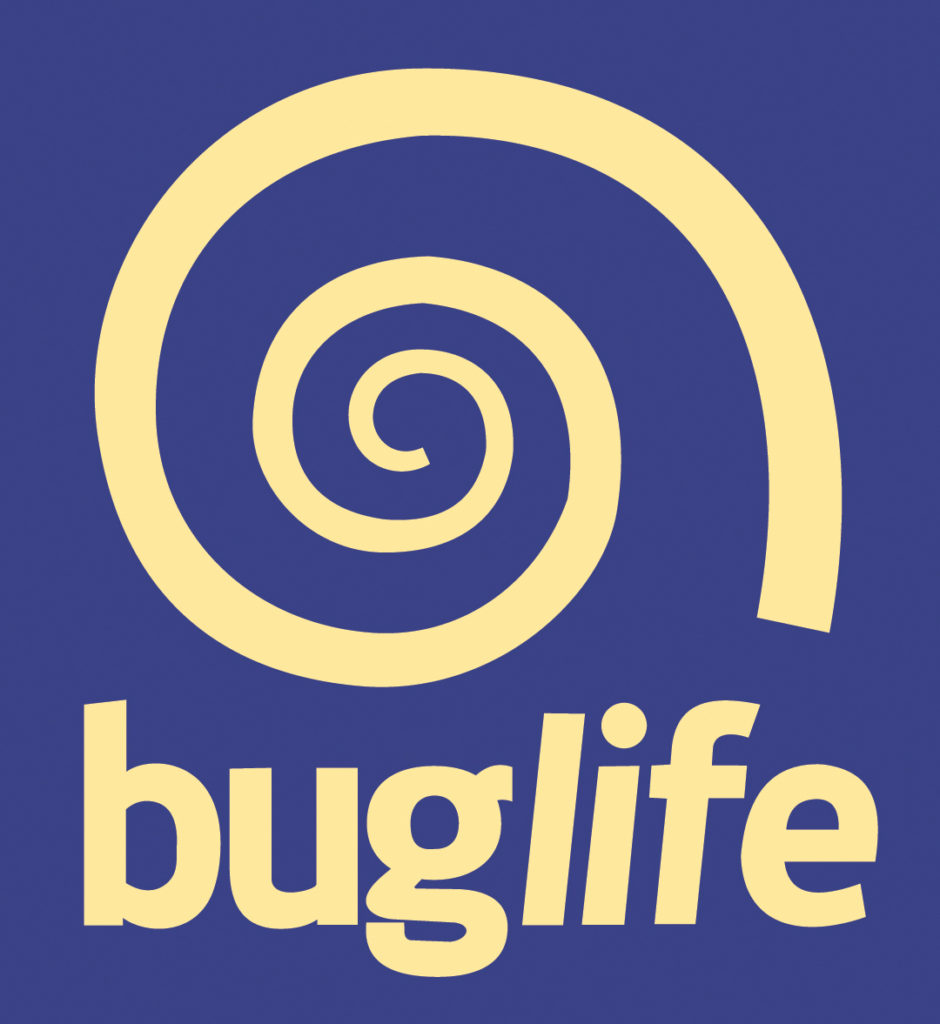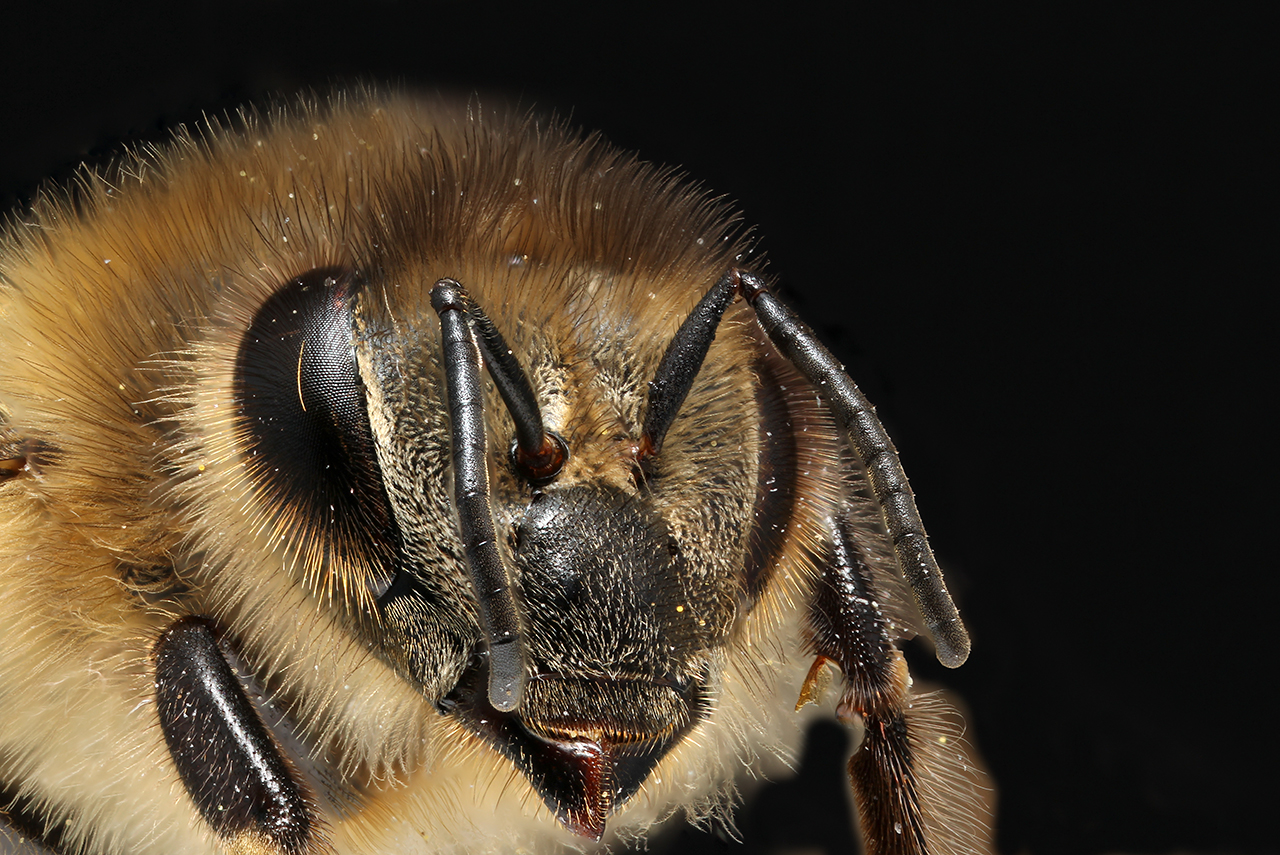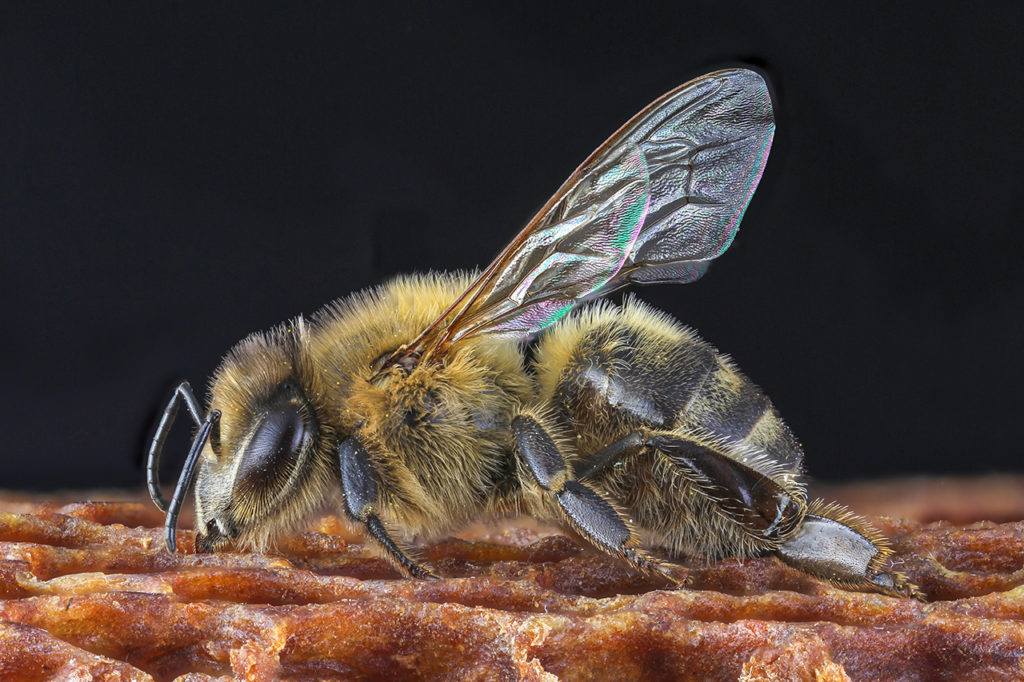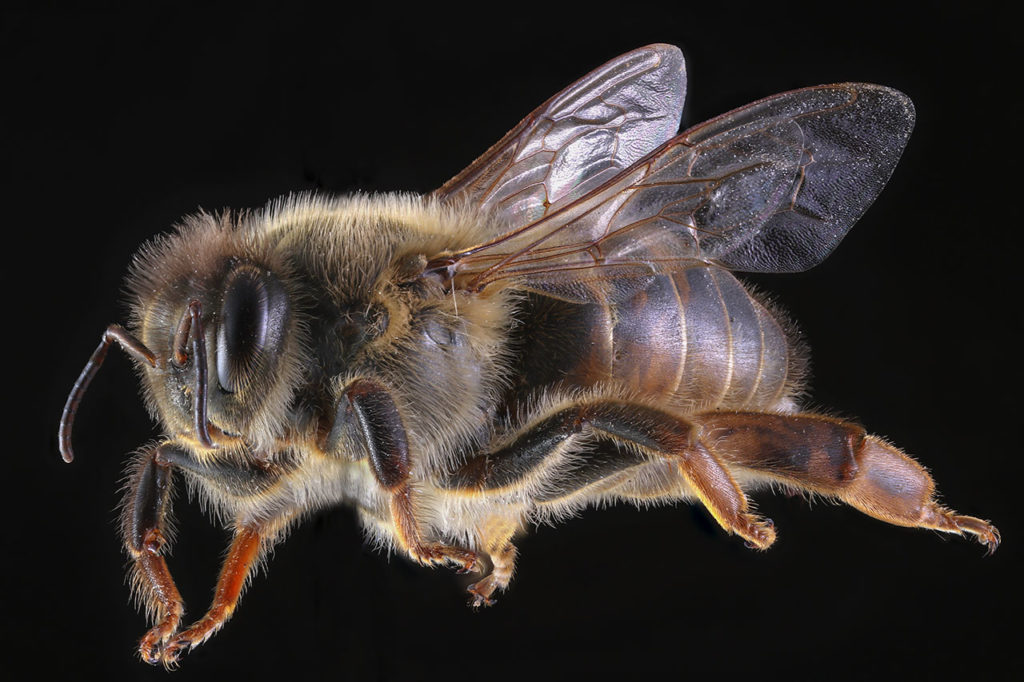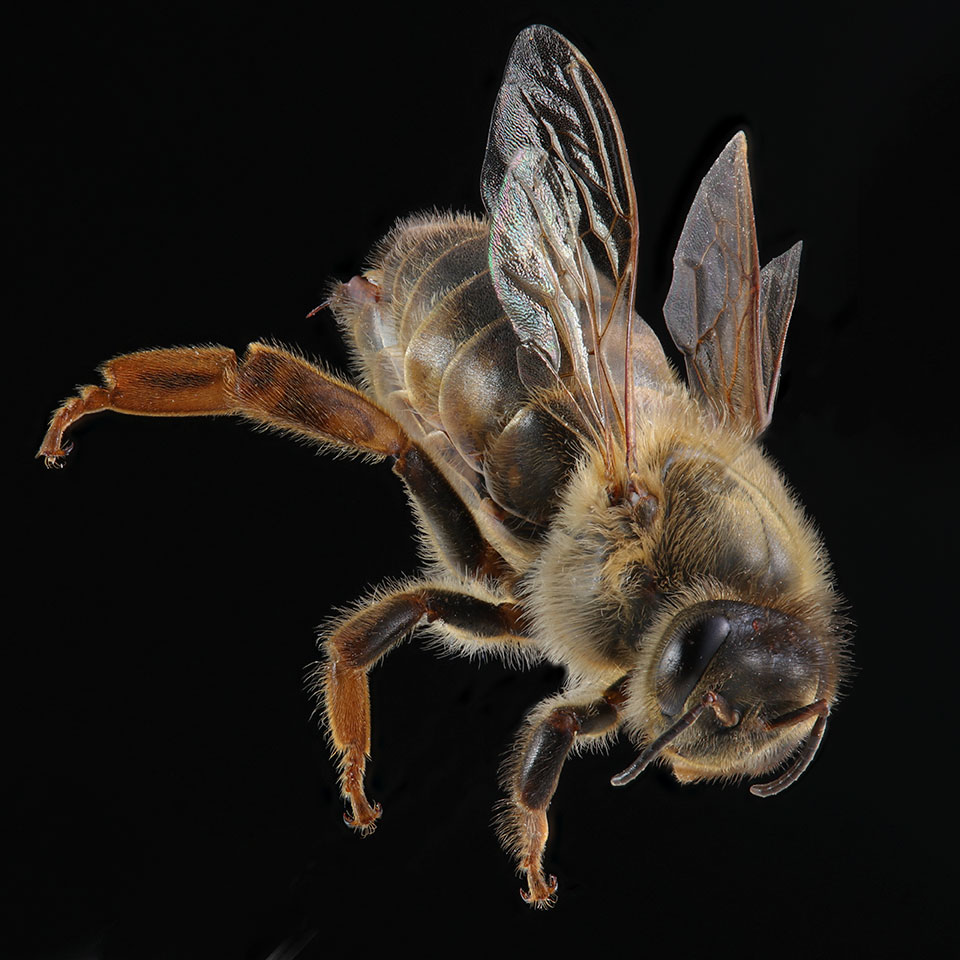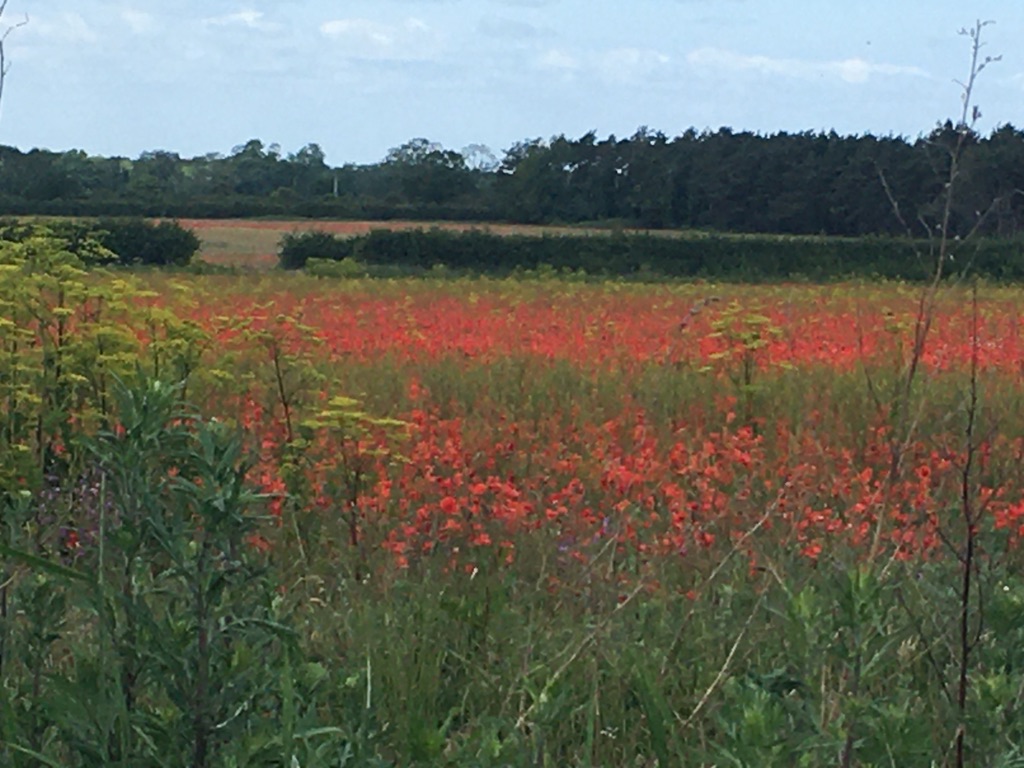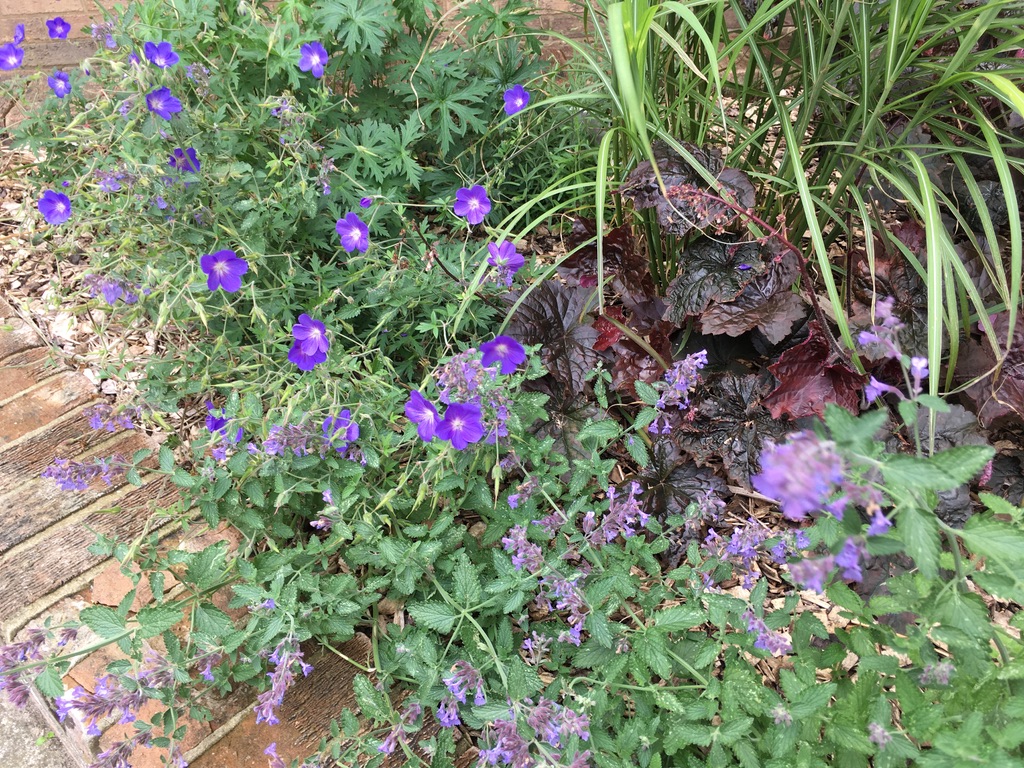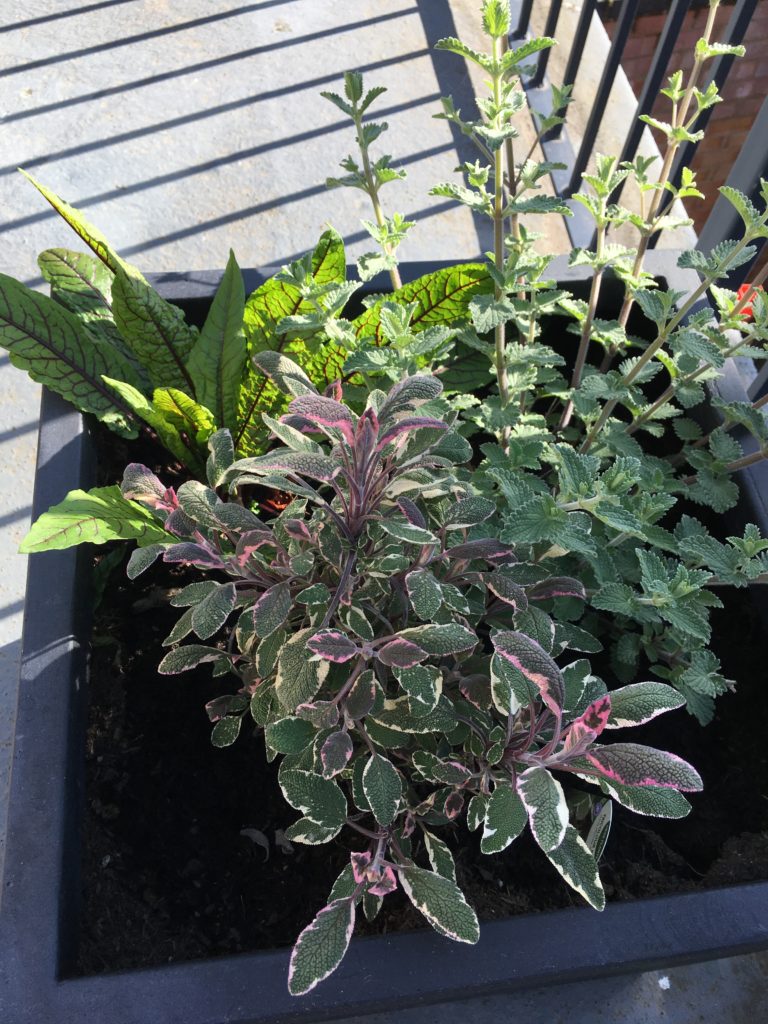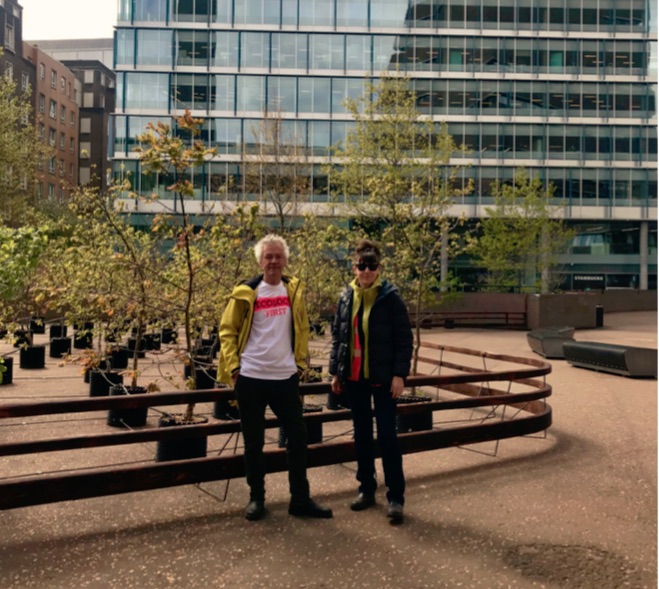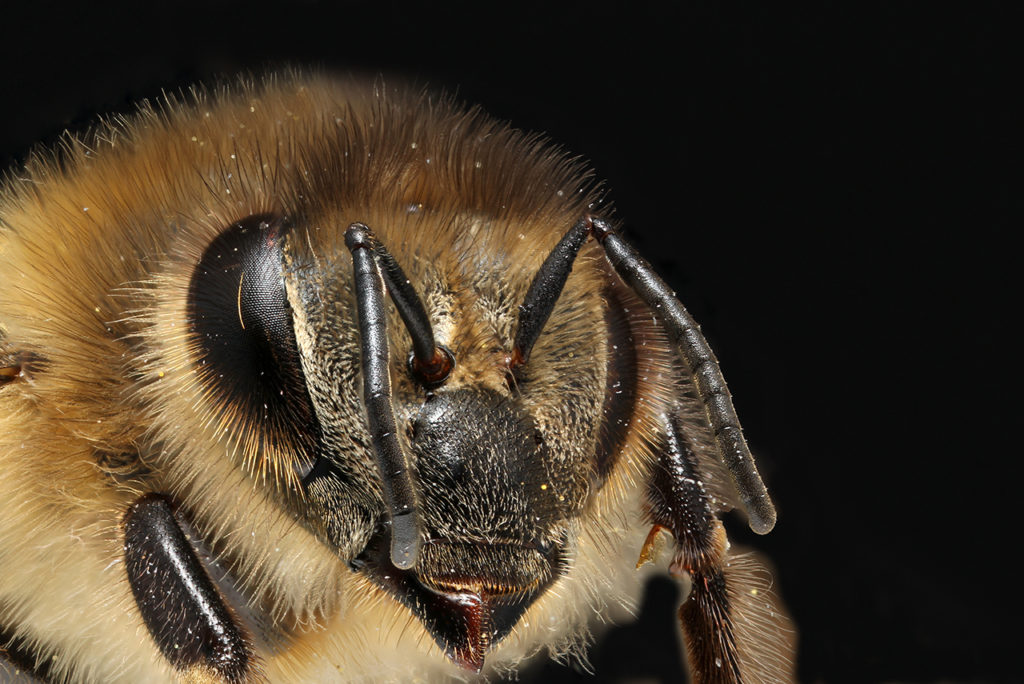
Why should we create bug-friendly corridors? To explain, GroundWork is collaborating with Buglife. Our last exhibition ‘Bugs, Beauty and Danger’ featured 8 international artists who celebrate the power of insects at a time of increasing threats to many common species.
GroundWork exhibitions are accompanied by environmental campaigning. We want to alert the world to the dangers faced by insects, But also we need to show what we can do to help. What ordinary people can do. There is a lot, and in various places on this website you will find inspiration from the artists and ideas about simple bug-friendly actions you can make. But there are big ideas too. And for Bugs Beauty and Danger we are collaborating with the invertebrate conservation charity, Buglife to create insect-friendly corridors. Buglife ask us all to help them save the planet. That is no exaggeration. Without bugs to pollinate our food plants and manage our environmental health, the planet would wither and human race would certainly not survive.
Insects are in danger of extinction
Thirty per cent of insects have already gone. Only recently we got news that the bumble bee, which cannot live in hot climates, is travelling further north and is in danger of ultimate extinction, with the effects of climate change. Many insects are migrating indeed, and finding that their habitual food sources are not necessarily following the same seasonal patterns. This is one of the things which makes them so vulnerable. However, a network of insect-friendly corridors could really help.
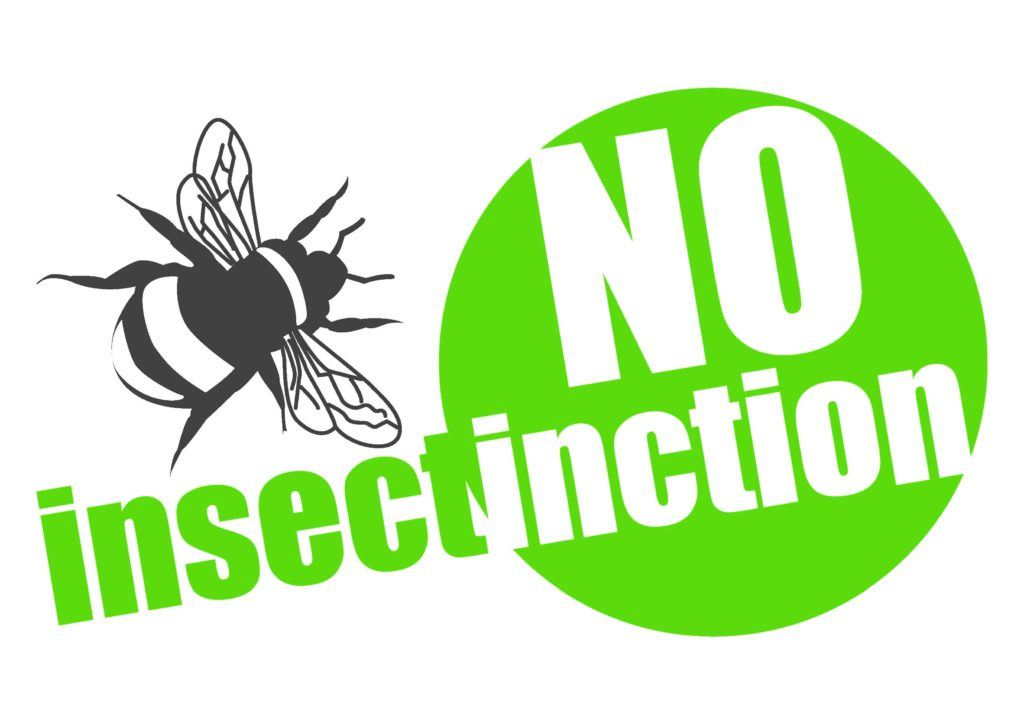
Buglife
Buglife is the national conservation charity for invertebrates – all bugs, basically. They are running a ‘No Insectstinction’ campaign to make us all aware of the dangers that insects face. They list 5 things you can do to help. These are: 1. Stop using peat in your garden 2. Stop using insecticide sprays 3. Keep a corner of your garden messy for insects to gather 4. Reduce your carbon footprint and use local produce 5. Watch out for unwanted stowaways: invasive species who might bring harm. (There are many more and we have a lucky dip at the gallery for you to pick your next bug-friendly task.)
Pollinators in danger
For there are 7000 pollinator species, all currently in danger. They include moths, butterflies, bees.
There are 280 species of bees. These include solitary bees, who are better at pollinating plants than honey bees, and they don’t sting. Without these species working to pollinate our plants, we can hardly grow food, plants would wither and die. And we would not be too healthy either.
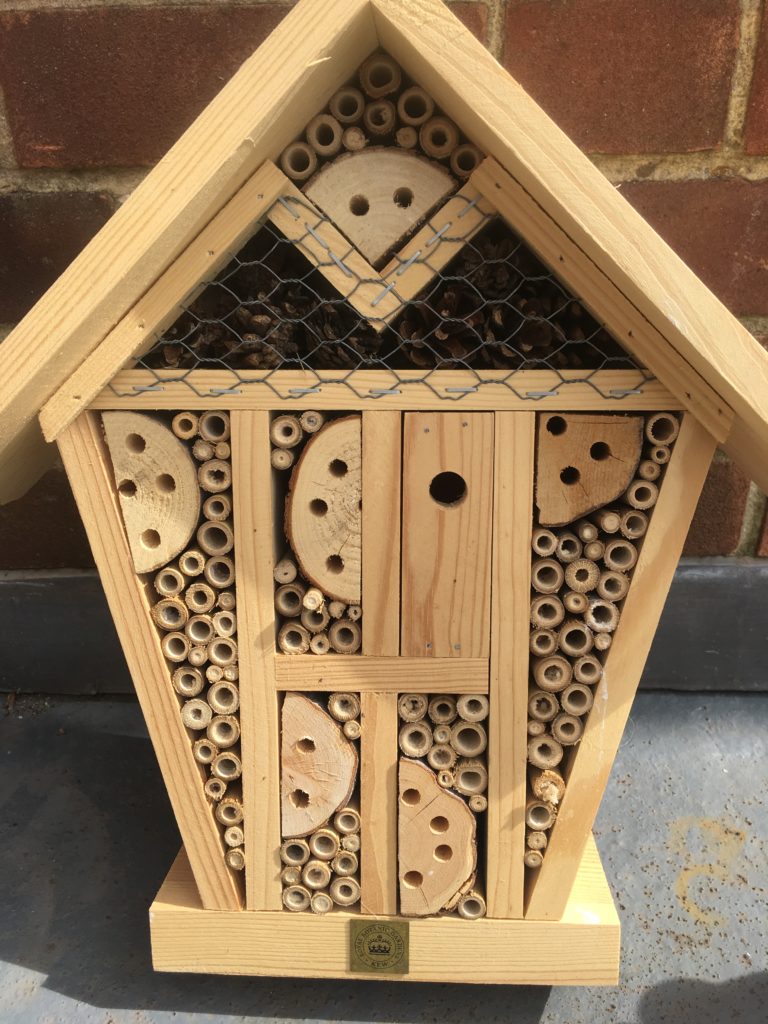
B-lines
For pollinating insects to thrive, they need flowering plants. So, Buglife are plotting what they have called B-Lines. These are 3 kilometre wide insect-friendly corridors of land as a network running vertically and horizontally over the whole country. Buglife are aiming for at least 2 B-lines per county. They have mapped them and are now ready to activate them. The next phase is to create them properly as insect-friendly corridors. B-Lines must be planted up with pollinator-friendly plants.
B-lines for bug-friendly environments – GroundWork Gallery’s list of actions
GroundWork Gallery has come up with a list of simple actions you and everyone can take in your own neighbourhood to help the cause of bugs and to make pollinator-friendly environments. We designed it as a lucky dip – here is our list:
Plant a rosemary bush and let it flowePlant a thyme bush and let it flower
- Plant a sage bush and let it flower
- Plant some sweet marjoram and let it flower
- Plant a clump of chives and let it flower
- Plant a clump of lovage and let it flower
- Sow some borage and let it flower
- Keep a corner of your garden untidy so bugs can forage
- Keep a rotting leaf pile for bugs to burrow in
- Put a rotting log somewhere for bugs to live on
- Plant some foxgloves
- Plant some runner beans – good for you and for pollinators
- Sow some bird’s foot trefoil seeds
- Sow some red clover seeds
- Stop using insecticide
- Turn off lights outside and in rooms you don’t use for the sake of the moths, and draw curtains (or pull down blinds) in rooms with lights on
- Leave edges of lawn uncut
- Join Buglife, the Invertebrate Conservation Trust
- www.buglife.org.uk
- Plant wild flower plugs in your lawn and don’t mow the grass, to enable the flowers to blossom
- Make a compost heap
- Make a home for solitary bees: take a tube (Friends of the Earth suggests re-using a plastic water bottle) and stuff it with cut up hollow-stemmed reeds, or, some people use bamboo. Put it in a dry protected spot.)
- Plant an Apple Tree
Urban Buzz
Until now, Buglife have been working around the country, through their very successful ‘Urban-Buzz’ projects in Bristol, Leeds, Ipswich, and many in Scotland, working with local councils and communities to improve the life for bugs and make a healthier environment for communities.
Meeting in King’s Lynn
On 10th February 2020 director of fundraising and marketing, Paul Hetherington, and projects manager, Jamie Robins came to discuss how King’s Lynn and surrounding areas can become more bug friendly, in fact, how we can all work together to improve the life for bugs and for ourselves as a result.
We followed with a meeting, first with the borough Council, and then with other community leaders with interests in the environment and the healthy life for invertebrates. Claire Thompsett and her colleague Paul, who are responsible for managing all the open spaces in the Borough joined us. Councillor Liz Nockolds, the portfolio holder for open space as well as for Culture, attended. The meeting was hosted by Veronica Sekules, Director of GroundWork Gallery.
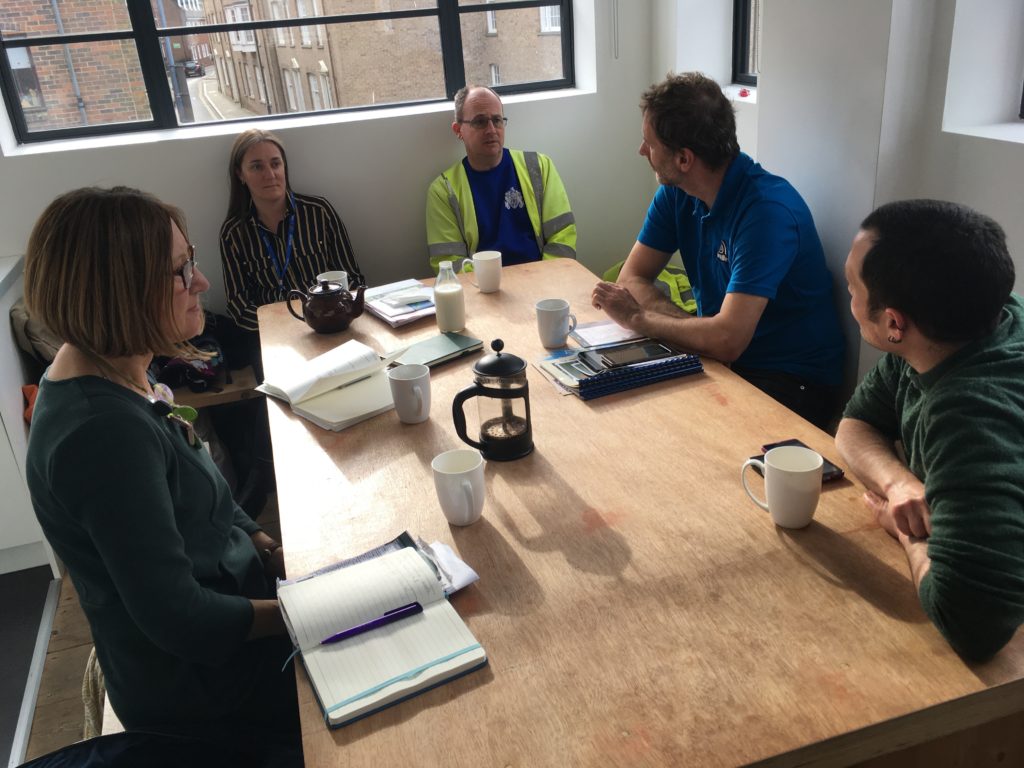
The aim was to activate the King’s Lynn and West Norfolk B-Line. Says Paul Hetherington:
‘I am very keen to make this a first for Norfolk. We haven’t worked here yet and it could be a really significant step in linking up with the B-Line network. We will put in a lot of time in training and helping the council and everyone who lives in this beautiful part of the world to make it a place that bugs love – and that can only be a good thing for all of us and for the environment’.
Paul Hetherington, Buglife
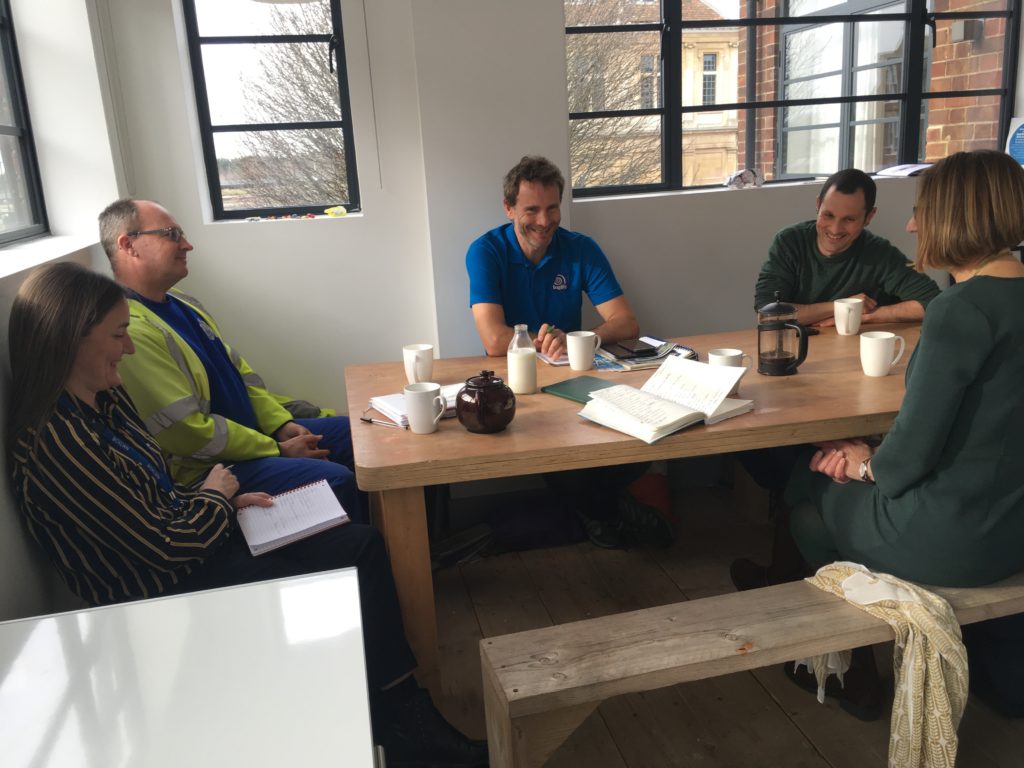
A great community project
The idea will be to make this into a great community project, involving all the gardeners, allotment-holders, conservation groups, schools and any entomologists and bug and plant-friendly people to join in, to help make this happen. Paul Hetherington announced it when he officially opened the exhibition ‘Bugs, Beauty and Danger’ on March 13th.
COVID 19 has delayed everything, but we are following up later in the year with our campaign.
There will be plenty of opportunities to join in with the B-Line programme but firstly we will be recruiting some keen early-adopters to volunteer and start the training.
Here is the outline of some of the topics we will cover:
How can we recognise the most endangered species of bugs?
What can anyone do to protect insects and avoid their extinction?
How can art help us to understand our relationships with insects?
What are the B-Lines, where are they around the Fens and North Norfolk Coast and how can we extend them?
Learn about pollinator-fit counts and how we conduct them?
Find out about pollinator-friendly plants.
Further info via mail@groundworkgallery .com
